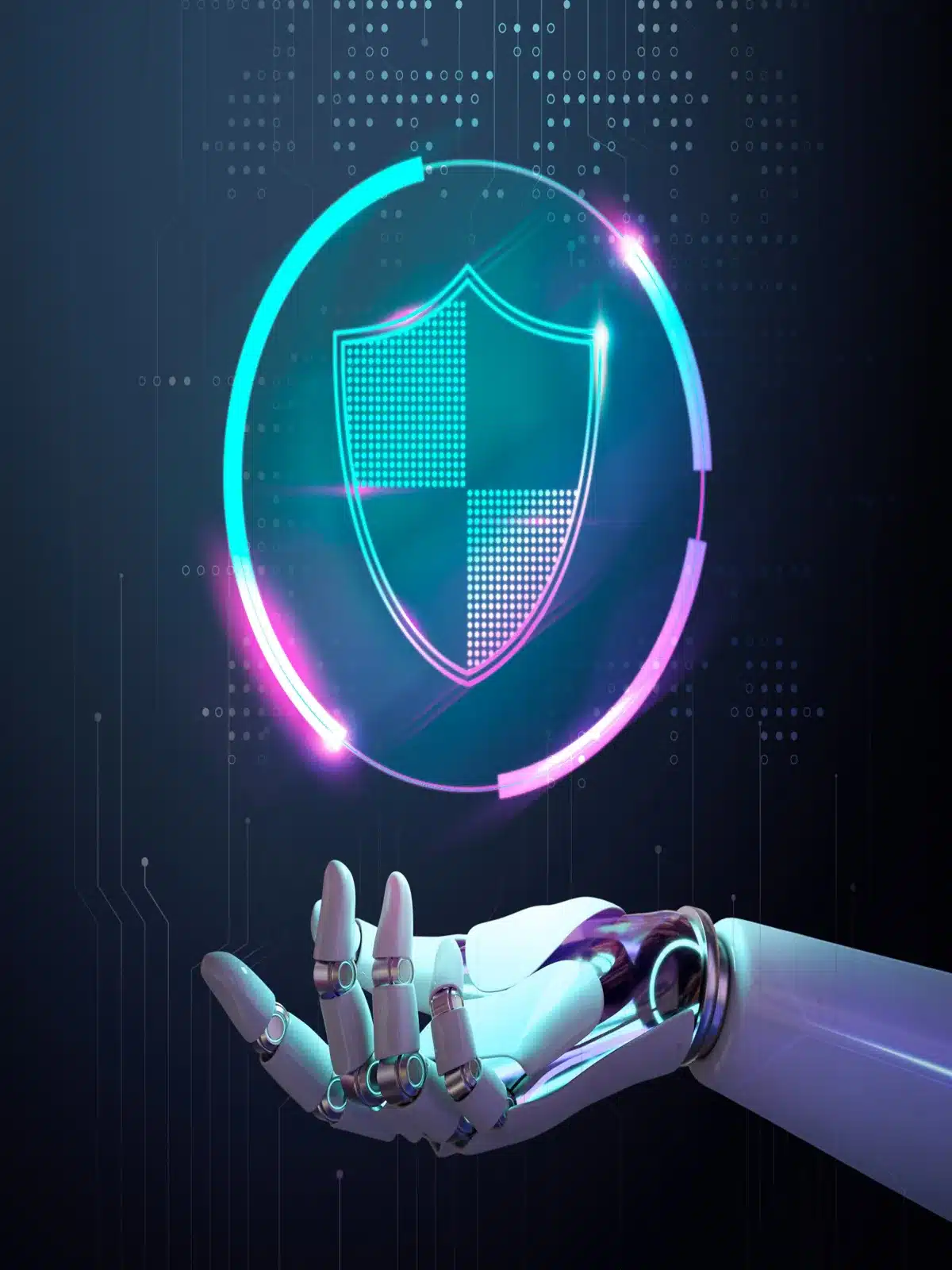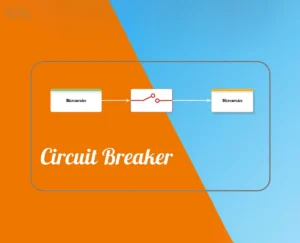In today’s digital landscape, secure software development is not optional—it is fundamental. With cyberattacks growing in sophistication and frequency, embedding cybersecurity in coding from the earliest design stages is essential to safeguard sensitive data, maintain user trust, and ensure business continuity. This article explores the evolution, core principles, modern tools, and advanced practices that make secure software development a strategic imperative. We also highlight how Amquest Education’s Software Engineering, Agentic AI and Generative AI Course equips developers with AI-powered, hands-on training to master these critical skills and lead in secure software engineering.
The Evolution of Secure Software Development
Security was once an afterthought in software engineering, often addressed only after product release through patches. This reactive approach left applications vulnerable to exploitation. Over time, the industry shifted toward integrating security throughout the software lifecycle. Frameworks like OWASP (Open Web Application Security Project) and methodologies such as DevSecOps have pioneered this proactive mindset, embedding security checks into every phase of development and deployment.
Key principles have emerged as foundational to secure coding:
- Principle of Least Privilege: Grant users and processes only the permissions necessary to perform their tasks, minimizing attack surfaces.
- Fail Securely: Ensure systems revert to safe states on failure to prevent data leaks or unauthorized access.
- Defense in Depth: Employ layered security controls so attackers must overcome multiple barriers.
- Input Validation: Rigorously validate all user and external inputs to prevent injection and other common attacks.
This paradigm shift recognizes secure software as a design challenge requiring methodical, principle-driven development—not just a coding checklist.
Modern Tools and Advanced Practices in Secure Software Development
Today’s secure software development combines foundational principles with powerful tools and sophisticated tactics:
- Static and Dynamic Code Analysis: Automated scanners examine source code and running applications to detect vulnerabilities early, reducing costly fixes post-deployment.
- CI/CD Pipelines with Security Gates: Integrating security tests into continuous integration and deployment workflows ensures compliance without sacrificing development velocity.
- Application Security Frameworks: Modern frameworks like React and Angular include built-in security features that enforce safe defaults and simplify secure coding standards.
- Penetration Testing: Simulated cyberattacks uncover real-world weaknesses, enabling proactive remediation before adversaries strike.
- Threat Modeling: Systematic risk assessments prioritize security efforts based on potential impact and attack vectors.
Advanced tactics extend beyond tools to include:
- Secure Authentication and Session Management: Implement strong password hashing, multi-factor authentication, and secure session controls to prevent unauthorized access and hijacking.
- Encryption and Secure Data Handling: Protect sensitive data at rest and in transit with robust cryptographic methods.
- Error Handling and Logging: Design error management to avoid information leakage while providing actionable insights for incident response.
- Regular Code Reviews and Audits: Peer reviews and security audits catch subtle vulnerabilities and reinforce secure coding standards.
- Secure Defaults and Trusted Components: Use validated components and configure software with security-first settings.
- Training and Awareness: Foster a culture where developers continuously update their software security practices knowledge and embrace a security-first mindset.
Incorporating AI-driven analytics and automation is increasingly critical. AI-enhanced tools expedite threat detection and vulnerability management, aligning with the latest security trends and reducing human error.
Building a Security-First Culture Through Content and Community
Technical controls alone are not enough. Developing a security-conscious culture within teams is vital. Sharing real-world breach stories, success cases, and lessons learned encourages vigilance and continuous improvement. Communities centered around OWASP and other frameworks offer invaluable resources, peer support, and best practice alignment, helping teams stay ahead of emerging threats.
Measuring Success: Metrics and Insights
Effective security programs rely on data-driven metrics to guide improvements:
- Number and severity of vulnerabilities detected and remediated
- Time to fix security issues
- Compliance rates with secure coding standards
- Outcomes from penetration tests and audits
These insights demonstrate the return on investment in security initiatives and help prioritize future efforts.
Business Case Study: GitHub’s Security-First Approach
GitHub, a global software development platform, exemplifies secure software development at scale. Facing complex challenges such as managing vulnerabilities in open-source dependencies and securing a vast, diverse user base, GitHub integrated DevSecOps pipelines featuring automated vulnerability scanning and dependency analysis.
Key tactics included:
- Automated code scanning and security alerts
- Enforcing secure coding standards across contributors
- Secure default configurations and community-driven best practices
The results were significant: a marked reduction in security incidents, accelerated remediation cycles, and enhanced user trust and platform reliability. This case underscores how embedding security into the development lifecycle yields tangible business benefits.
Actionable Tips for Software Engineers and Teams
- Adopt Secure Coding Standards: Consistently apply OWASP guidelines and industry best practices to eliminate common vulnerabilities.
- Implement Principle of Least Privilege: Rigorously limit permissions to reduce attack surfaces.
- Integrate Security into CI/CD Pipelines: Automate security tests and code analysis early and often to catch issues before release.
- Use Secure Frameworks and Libraries: Leverage tools with built-in security features to minimize manual errors.
- Conduct Regular Penetration Testing: Validate security controls with real-world attack simulations.
- Invest in Training: Ensure ongoing education on software security practices and emerging threats.
- Document and Review Security Decisions: Maintain clear records of security requirements, design choices, and remediation efforts.
Why Choose Amquest Education’s Software Engineering, Agentic AI and Generative AI Course?
Amquest’s course stands out by combining AI-powered learning with practical experience to prepare developers for the demands of secure software development:
- AI-Led Modules: Personalized learning paths leverage AI to deepen understanding of secure coding and software engineering concepts.
- Hands-On Projects and Labs: Real-world scenarios enable learners to apply security principles in practice.
- Expert Faculty: Industry professionals provide nuanced insights into current security challenges and solutions.
- Internships and Placement Support: Strong partnerships in Mumbai and nationwide facilitate career pathways and industry exposure.
- Comprehensive Curriculum: Coverage includes threat modeling, DevSecOps, penetration testing, and vulnerability management.
- Flexible Delivery: Available in Mumbai and online to accommodate diverse learners.
This unique blend of AI integration, practical readiness, and career support makes Amquest’s offering the premier choice for professionals aiming to lead in secure software development.
Conclusion
Embedding secure software development as a core practice is indispensable in today’s threat environment. By adhering to proven principles, leveraging modern tools, adopting advanced tactics, and fostering a security-first culture, organizations can build resilient software that protects users and business assets. For software engineers and technology leaders seeking mastery in this critical domain, Amquest’s AI-driven, hands-on course provides unparalleled preparation and career support. Secure software is no longer optional—it is foundational, and the time to act is now.
FAQs
Q1: What are the key principles of cybersecurity in coding?
The key principles include the Principle of Least Privilege, Fail Securely, Defense in Depth, and rigorous Input Validation. These minimize vulnerabilities and protect system integrity.
Q2: How can secure coding standards improve software security?
Secure coding standards provide guidelines to eliminate common vulnerabilities, reduce risks, and ensure compliance with security requirements, leading to more robust software.
Q3: What role does DevSecOps play in secure software development?
DevSecOps integrates security checks into continuous integration and deployment processes, ensuring vulnerabilities are detected and fixed early without slowing delivery.
Q4: Why is threat prevention important in software development?
Threat prevention helps identify and mitigate risks before they become incidents, reducing the likelihood of breaches and data loss.
Q5: How does penetration testing contribute to software security?
Penetration testing simulates attacks to uncover vulnerabilities, allowing teams to fix issues proactively and strengthen defenses.
Q6: How does Amquest Education’s course prepare developers for secure software development?
Amquest’s course combines AI-powered learning, hands-on projects, expert faculty, and internship opportunities to equip learners with practical, industry-relevant secure coding skills.










